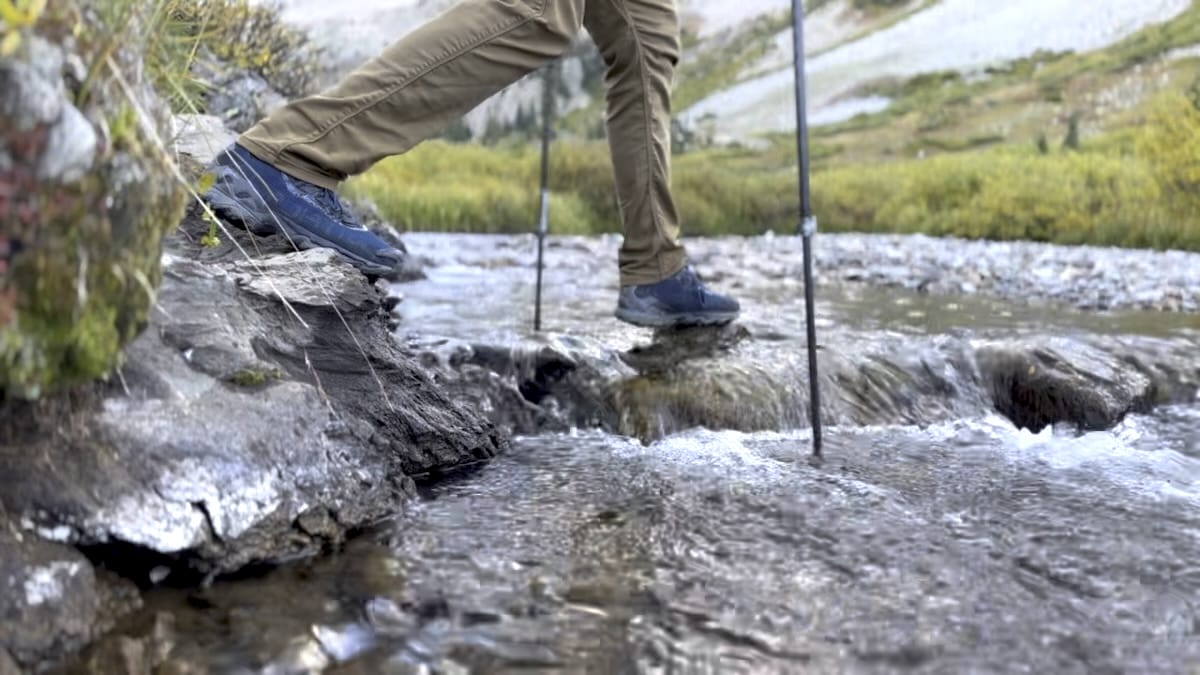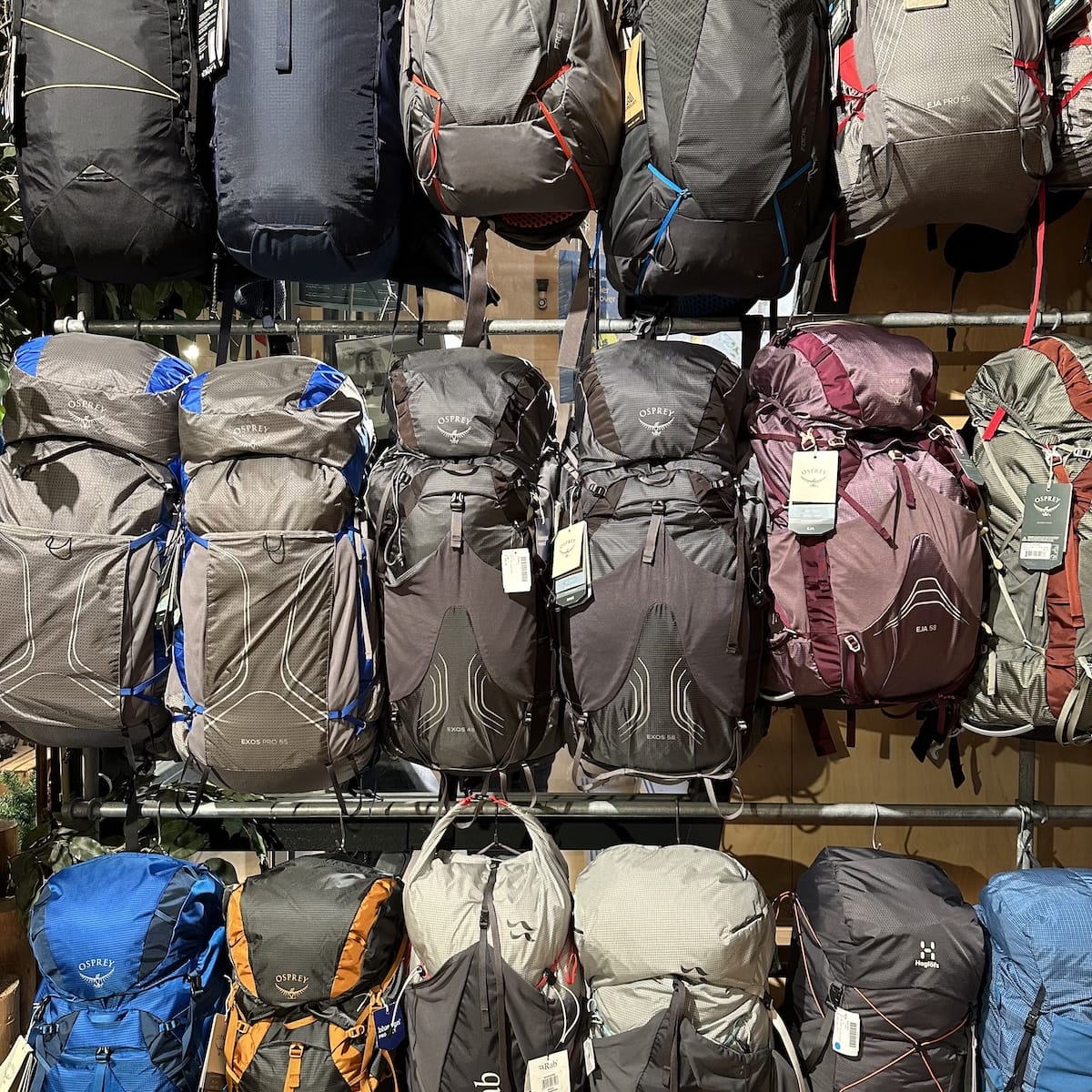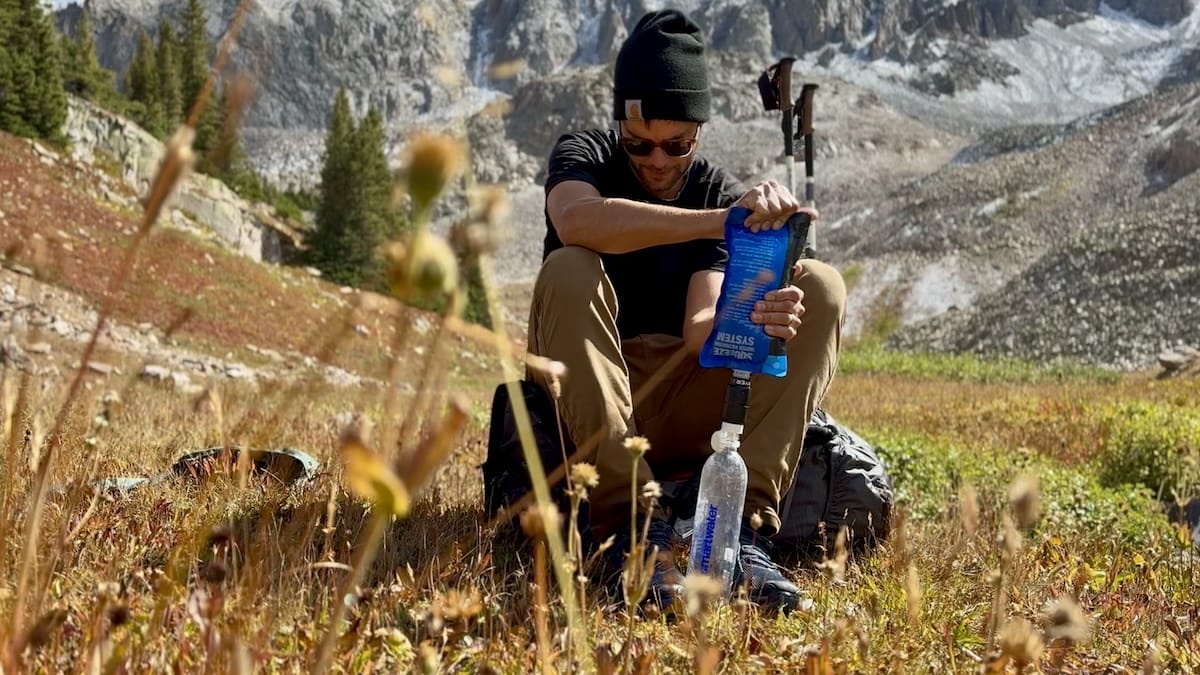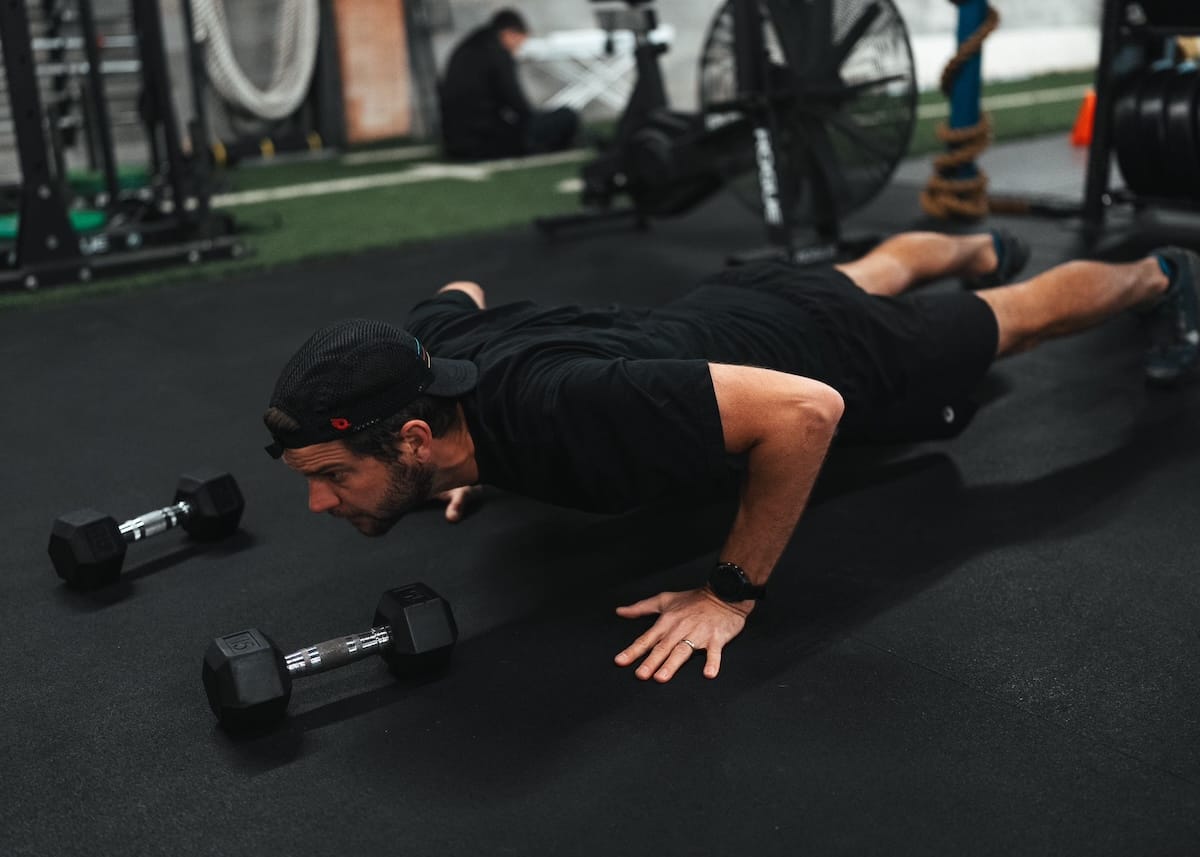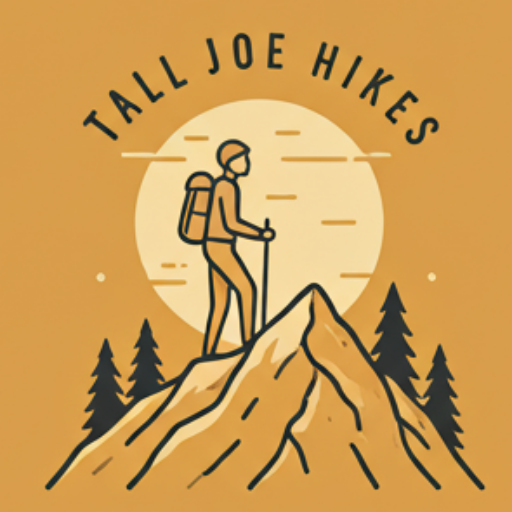I’ve been using trekking poles for a number of years including on 3 long trails and numerous “shorter” hikes. The Black Diamond Alpine Cork Trekking Poles in particular have been a favorite of mine for most of those miles. Trekking poles do a great job at keeping me upright, adding stability to my stride and help tremendously on both the uphill and downhill.
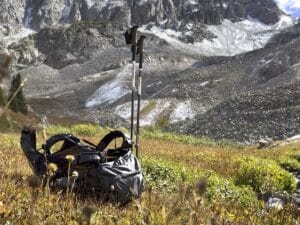
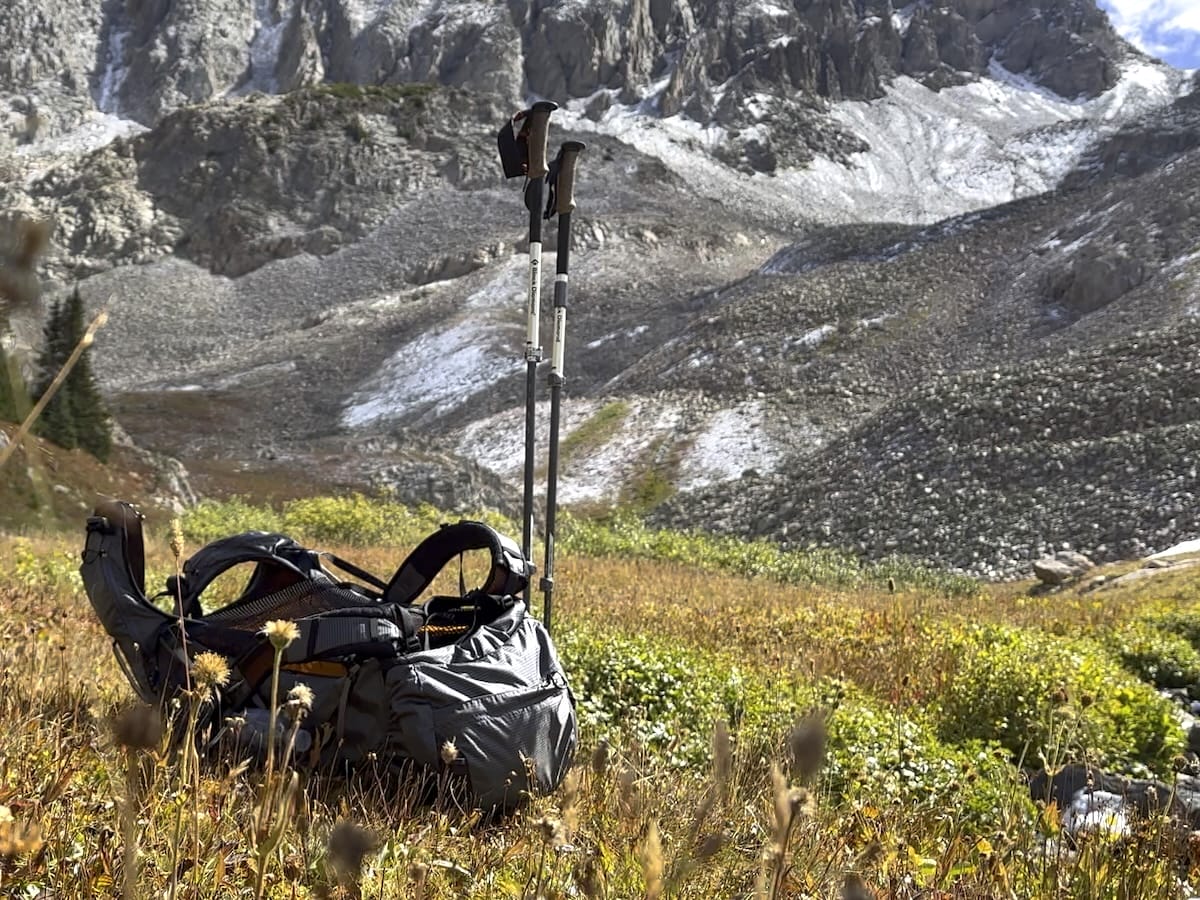
Do you need trekking poles for hiking?
First things first… do you even need trekking poles? I’d say thats a maybe. On the Appalachian Trail, I hiked the northern section with a guy named “DayGlo” who never used them. He later went on to complete the Triple Crown (AT PCT, CDT). On the PCT, I hiked with “Shameless” some 1500 miles through California and he also never used hiking poles and was just fine. On both of those trails and many others, I used trekking poles the whole way and was happy that I did.
I find trekking poles useful in particular situations. When carrying heavier loads, they help reduce the strain and impact on my legs. They help with steep climbs allowing myself to push up with each step activating my triceps while providing more forward motion. On the downhills, they act as a braking mechanism effectively slowing me down for a more controlled descent. I’ve found poles especially useful for crossing streams in the Sierra Nevada, sketchy snow chutes in the Cascades, mud in Zion National Park and for cliff side hiking in the Dolomites. The added stability and points of contact can turn a particularly sketchy situation into a much safer one.
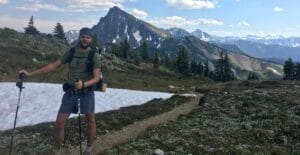
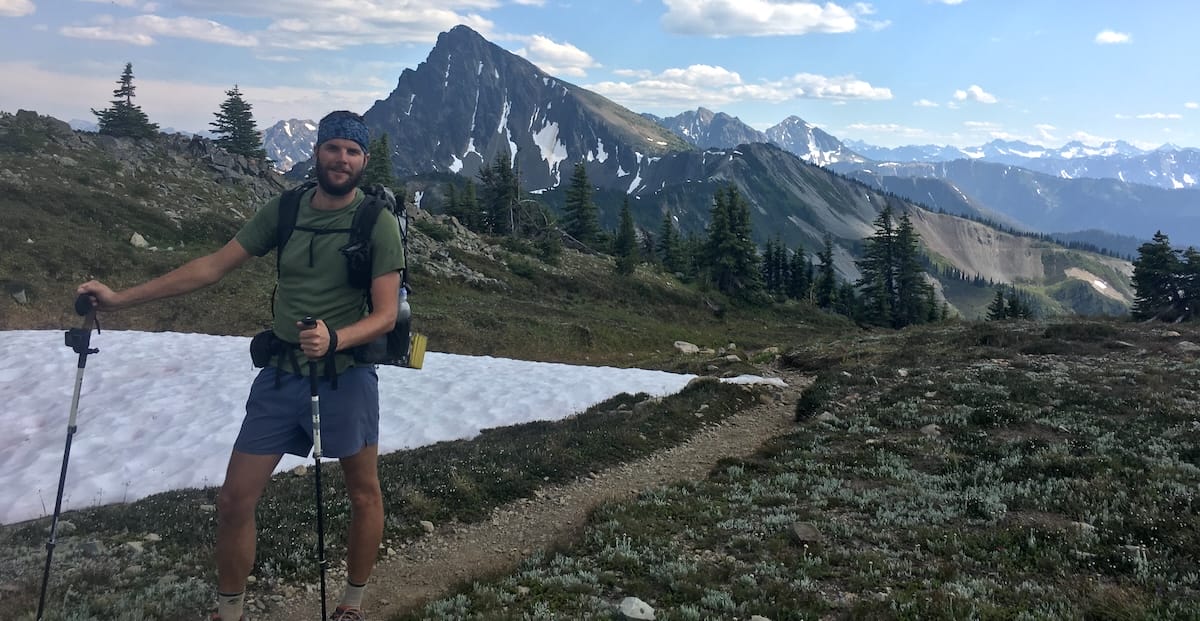
Other times, I’ve found them unnecessary and either store them on my Osprey Exos 48 with the “Stow N Go” feature or leave them at home altogether. If the trail is graded, packed dirt like on my Grand Canyon hike or while hiking the Zion Traverse, I’ve found them not as necessary. More recently, I’ve been leaning towards going lighter, a more nimble hiking style and thus without hiking poles. Lots of times that has worked great but it did bite me in the butt on my hike of the Alta Via 2 when I desperately wished I had them! The vertigo was real, cliffside hiking next to the “Valley of the Chickens” deep below.
In addition, some ultralight shelters will require trekking poles for setup and my favorite tent, the Tarptent Rainbow can also use poles in specific situations.
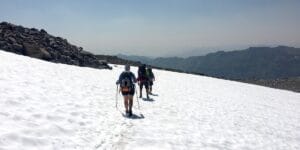
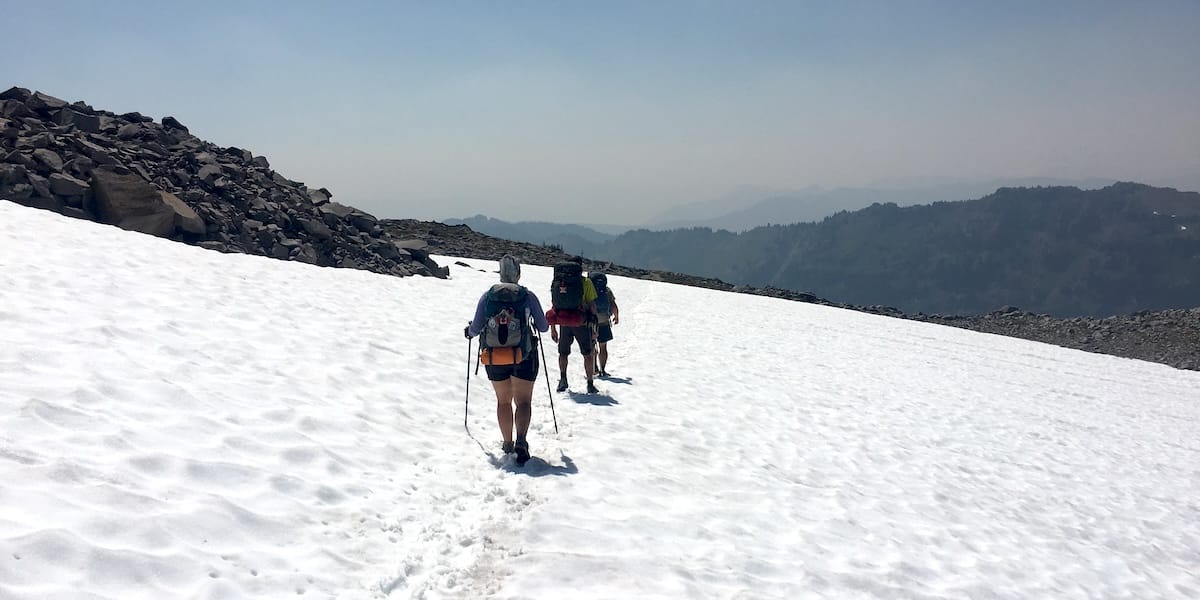
How to properly use trekking poles
I’ve seen so many new hikers holding trekking poles incorrectly. It is a tell tale sign to seasoned hikers that you are new to hiking. To be fair, when I first tried poles at REI, I was also quickly corrected.
Trekking poles have a nylon, padded strap on them near the grip. This strap when used properly is a great feature. However, with the wrong hand placement, the strap is useless. You should put your hand through the loop from underneath and then grab the cork grip. Why? When properly handling the pole, you don’t need to squeeze the grip so much. This way you more or less guide the pole with your hand and put the downward pressure on the strap which goes into your wrist. This allows you to really push down on the poles for support.
As for the length of the poles you should adjust them so that your elbow is at a 90 degree angle. Some say you should adjust them shorter for long climbs or longer for steep descents. I however don’t bother with that. On steep downhills, I will place my palm on top of the pole guiding it with my finger tips. This gives the pole a little extra length so I can reach further down hill.
Extra tips for trekking poles
I like to wrap duct tape around one of the poles, about 2 or 3 feet worth. This way, I have some repair tape while backpacking in case things go wrong. It came in handy that time when a mouse chewed through my brand new zPacks sleeping bag in the middle of the night… Looked like I killed a chicken in that shelter! I was able to seal up the holes well enough to prevent losing more down filling.
Secondly, trekking poles can double as an awesome monopod and selfie stick for a small action camera with the proper pole mount. When recording my PCT thru hike, I found this feature awesome as the camera was always ready. I never had to pull it out of my pocket and find the camera app. I could just hit the button really quickly and take a photo or start recording. Because of the ease of shooting, I found myself taking more video and photos.
Conclusion
Trekking poles in general can really add to your own stability and safety while hiking. I personally love my trekking poles! They are especially useful in those hair raising situations where they can prevent me from going down a river or sliding down a huge snow chute. Overall, my advice is to get yourself some trekking poles and use them when necessary. Check out a pair at REI or your local outfitter to see if they are for you!
Related Articles

I’ve been using trekking poles for a number of years including on 3 long trails and numerous “shorter” hikes. The Black Diamond Alpine Cork Trekking Poles in particular have ...

In 2009, my girlfriend gifted me the REI Flash backpack, which after a test run in the Linville Gorge Wilderness, just didn't feel quite right. I discovered it was ...

Have you ever noticed that the vast majority of long distance hikers use a very specific tall, skinny water bottle with a blue label on the side? ...

The best way to stay hiker fit is to hike, but that’s not always possible. A lot of us have full time jobs, school, children, or don’t live ...
